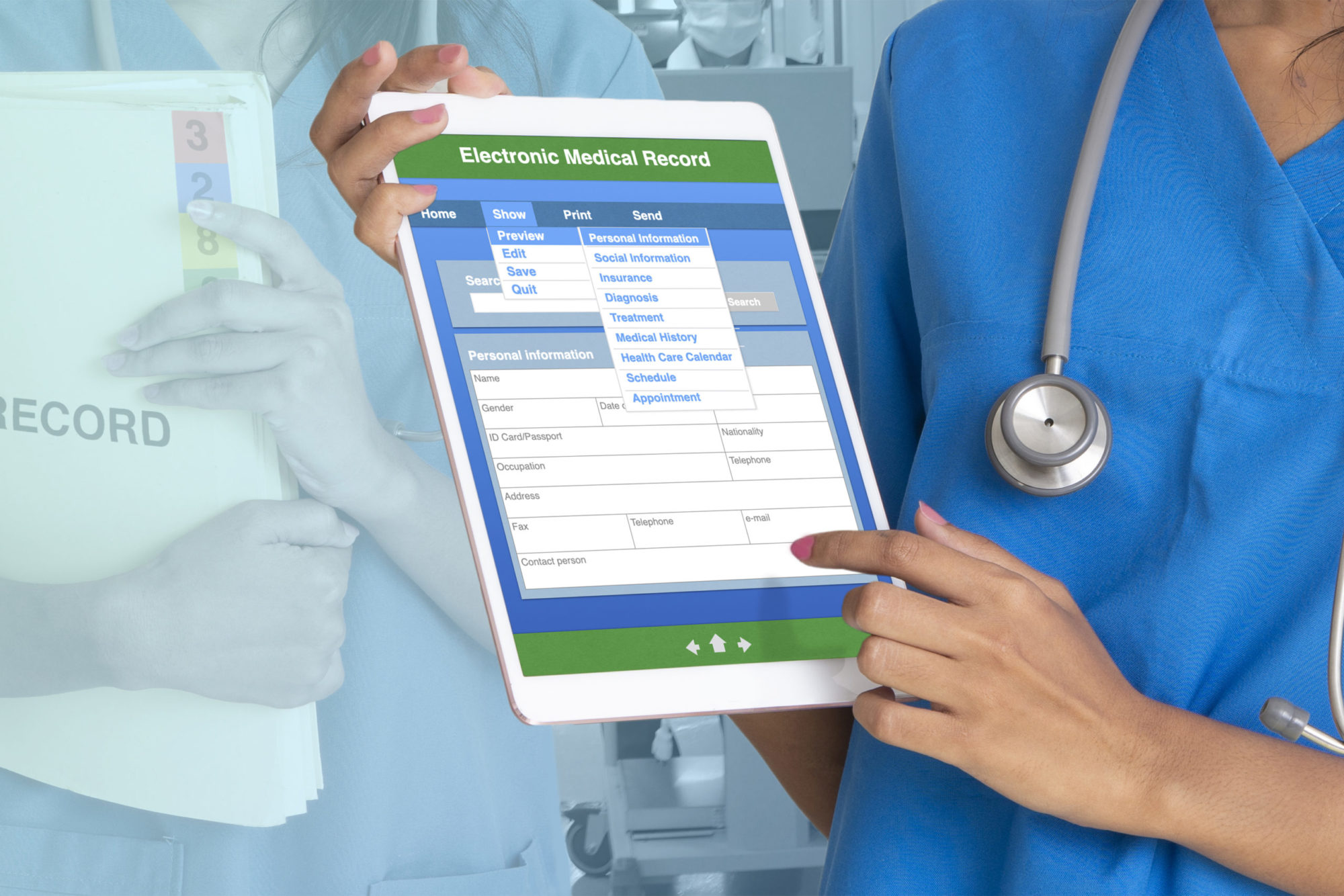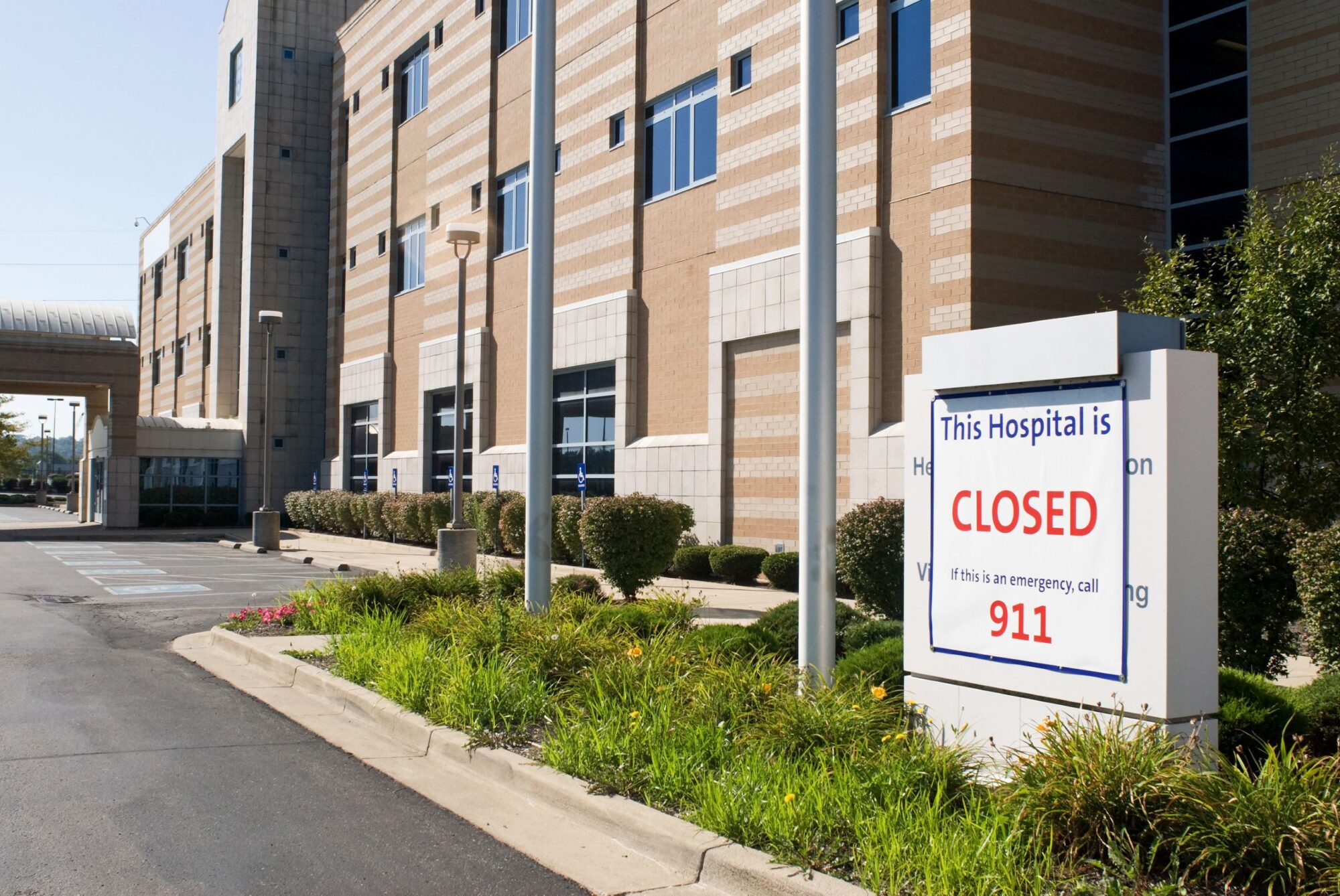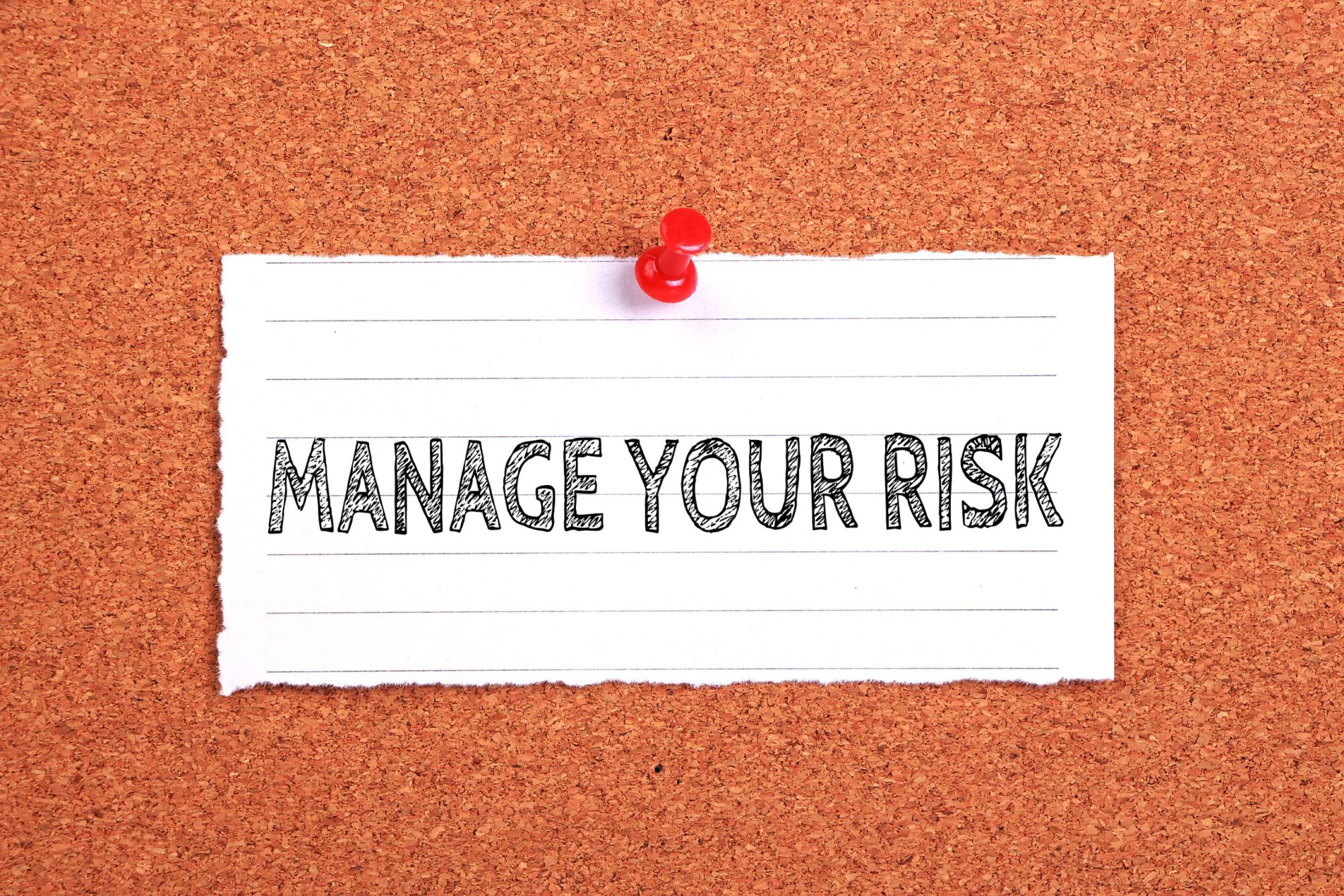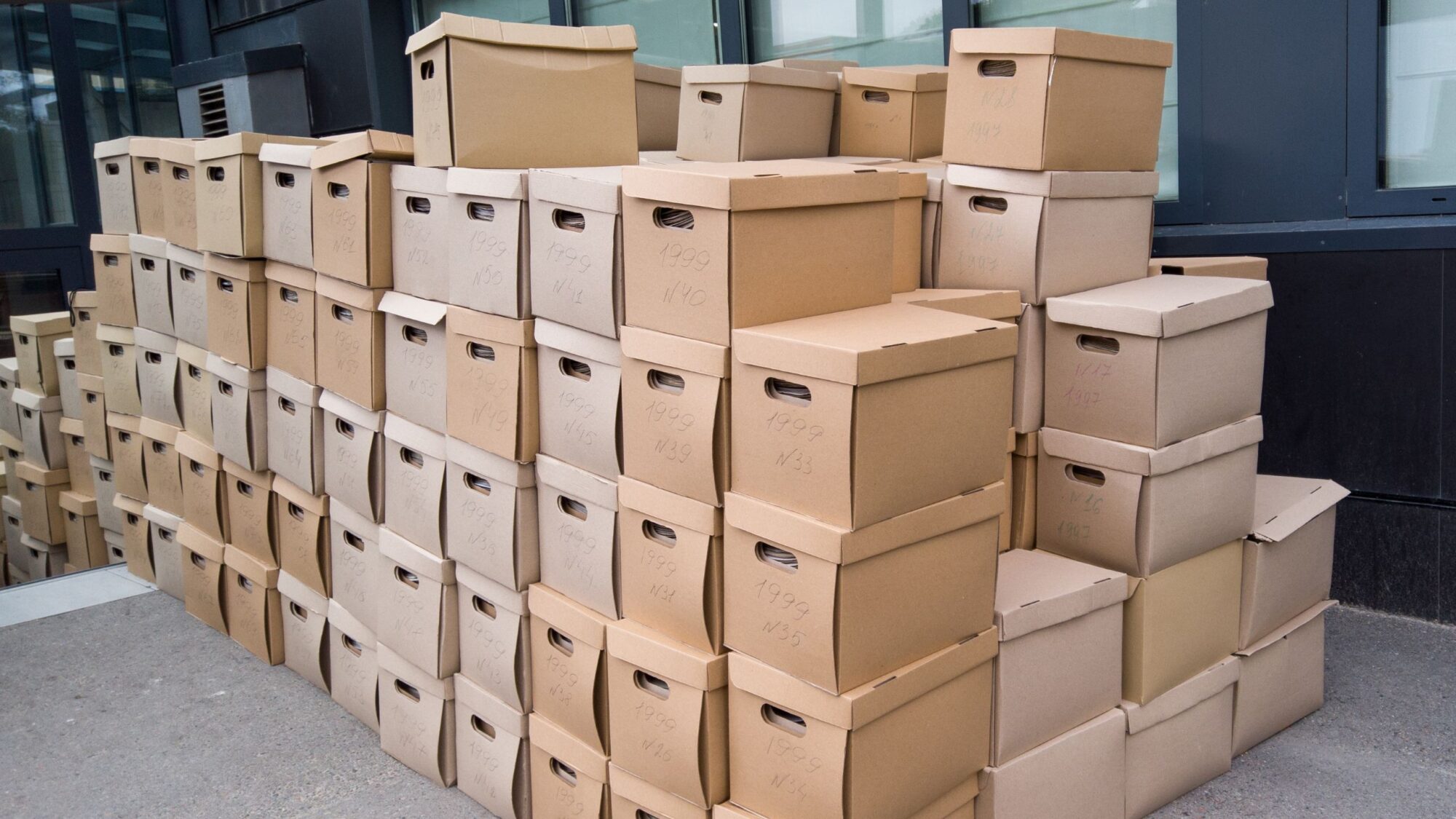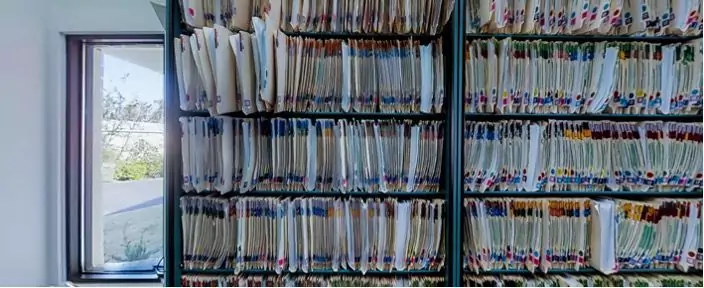Filling out patient records requests at Cariend just got a whole lot easier.
At Cariend, we’re always looking for ways to better serve our clients. And our responsibilities don’t stop at storage and security – patient access matters, too.
That’s why we’re proudly introducing a new records request process on our website. We’ve streamlined the request process to ensure patients can more easily access their medical records – without sacrificing the quality of service and industry-leading security standards we’re known for.
Streamlining our Patient Records Request Process
Gone are the days of the pesky, multistep process for placing a simple records request. Our new request processing software offers patients a far simpler set of steps to obtaining much-needed medical records.
Previously, patients had to download a PDF form, fill it out and upload it for resubmission as part of a standard record request. We’ve eliminated that step. Patients no longer need a printer or scanner to complete their records request.
Instead, patients can fill out a digital authorization form and submit it directly to gain access to their records.
The only unique documents patients must provide is a photocopy of a government-issued ID. This can be as simple as taking a picture of your driver’s license and uploading it directly from there. The new records request process works on your mobile device.
Benefits for Third Parties
Patients can now access their records from one location, with significantly reduced hassle. The process differs slightly for attorneys, doctors and other privileged parties with legal access. However, these parties will still benefit from our streamlined process.
Third parties requesting records must first fill out a form of their own. A second step of uploading copies of relevant documents grants access to the needed record. The new streamlined process expedites the patient records request process for privileged third parties.
See for Yourself
We’re excited to introduce this process as another means for improving patient experiences while retaining the level of security and service we’re known for.
If you’re an existing patient or privileged third party, check out our new patient records request page. Simply follow the link – from there, you can access the request form depending on your status as a patient or third party.
If you are a physician or medical care provider considering medical records custodianship options for your own record sets, contact the team at Cariend to learn more about options that best suit your needs today.

